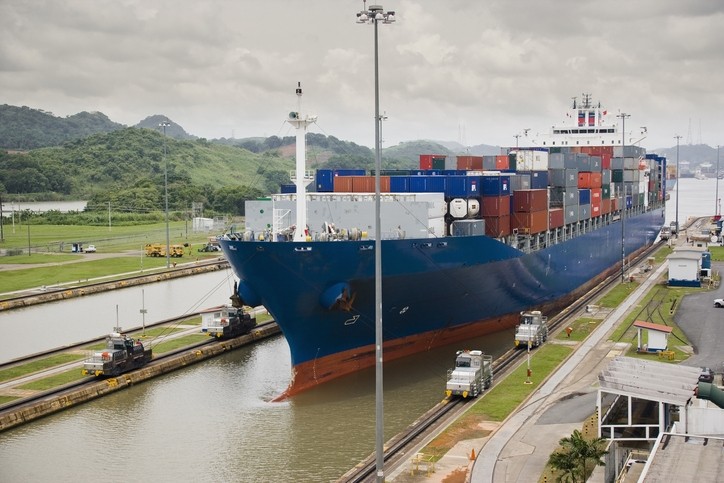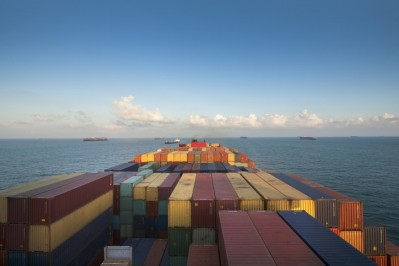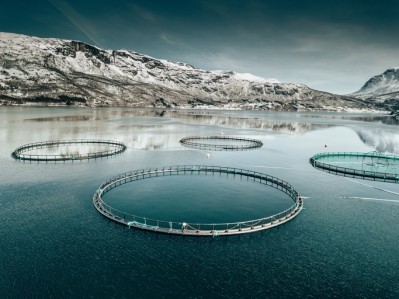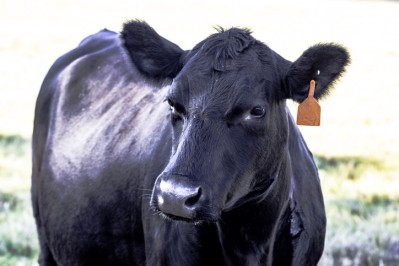Global ag trade faces disruption: Panama Canal imposes more restrictions on vessel numbers

Agricultural products are one of the key commodities transported through the canal.
The reduction in the transit volumes coincides with the grain harvest in the US and rising transportation demand, and the canal’s reduced capacity may force diversion of grain exports from the US Gulf to other routes.
Up until now, daily vessel transits have been limited to 32— down from the maximum sustainable capacity of 38-40 transits.
The PCA introduced the new measures on November 3, reported the latest Grain Transportation Report from the US Department of Agriculture (USDA).
Persistent drought conditions since earlier this year have forced the canal authority to implement a series of draft reductions for large vessel transits.
The water level in Gatún Lake—the water source for the Canal—is about 7% below the prior five-year average for October. And, according to authority, the recorded precipitation for October is the lowest on record since 1950.
The PCA further plans to decrease the number of daily shipments by one to two every month until February 1, 2024, when the maximum vessel transits allowed per day will be 18.
Impacts of South and North American trade
The new limits on the number of vessels for daily transit could have a serious impact on both South and North American agricultural trade, given the canal’s strategic location connecting the Pacific Ocean and the Atlantic Ocean, Rabobank noted in August.
The analysts commented then that shipment delays and rising costs from ongoing restrictions would be felt most acutely by agricultural exports transiting from the US (grains and oilseeds) and the west coast of South America (Peru’s fresh fruits).
In addition to bulk vessels and tankers, around 40% of North American container vessels go through this vital shipping route annually. Among these, grains and oilseeds are the key agricultural products that transit through the canal, outlined the publication.
Although export volume growth out of the Pacific Northwest has doubled over the past 20 years while Gulf Coast shipments remained flat, the Panama Canal is still integral to US exports to Asia, said the Rabobank team.
In 2022, the US exported over 26% of soybeans and 17% of corn via the Panama Canal, much of which was destined for Asia. The grain export season in the US began last month and lasts until May, said the analysts.
Delays at the Panama Canal have limited impact on Brazil’s grain exports as the main ports in the south of Brazil use the Atlantic route along southern Africa to reach the Asian market, while the northern ports mainly export to Europe and North Africa, they said.
Brazil, though, is on course to produce a record crop of soybeans, corn, and cotton during 2023, which means that it will have available supply should logistical problems at the Panama Canal drive additional demand from other regions in the months to come, added the team.
Threat from wildfires, flooding and decreasing river levels
Shipping is at increasing risk from climate events – such as wildfires, flooding, water level changes, and drought, and the Rabobank analysts anticipate more schedule irregularities and cost increases throughout supply chains.
"This will ultimately lead to higher prices, exerting pressure on producer margins and contributing to consumer inflation," they warned.














